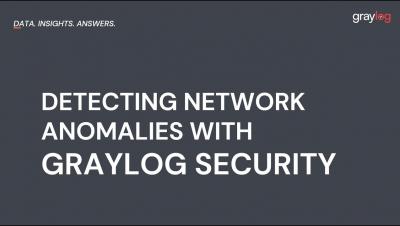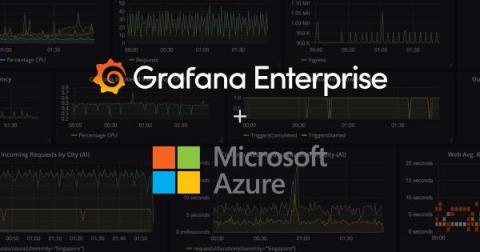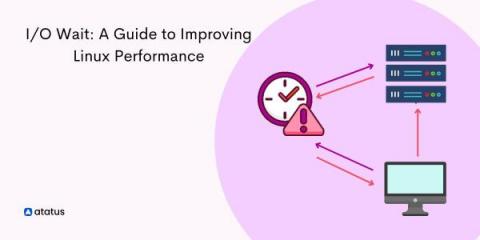Docker Monitoring Tutorial - How to Monitor Docker with Telegraf and InfluxDB
This article was priginally published on the CNF blog and is written by Cameron Pavey. Scroll down for the author’s bio. Docker is an increasingly popular choice for businesses dealing with containerized applications. However, as with any new technology, Docker introduces complexities that need to be managed. Some of these complexities relate to infrastructure and application monitoring.











